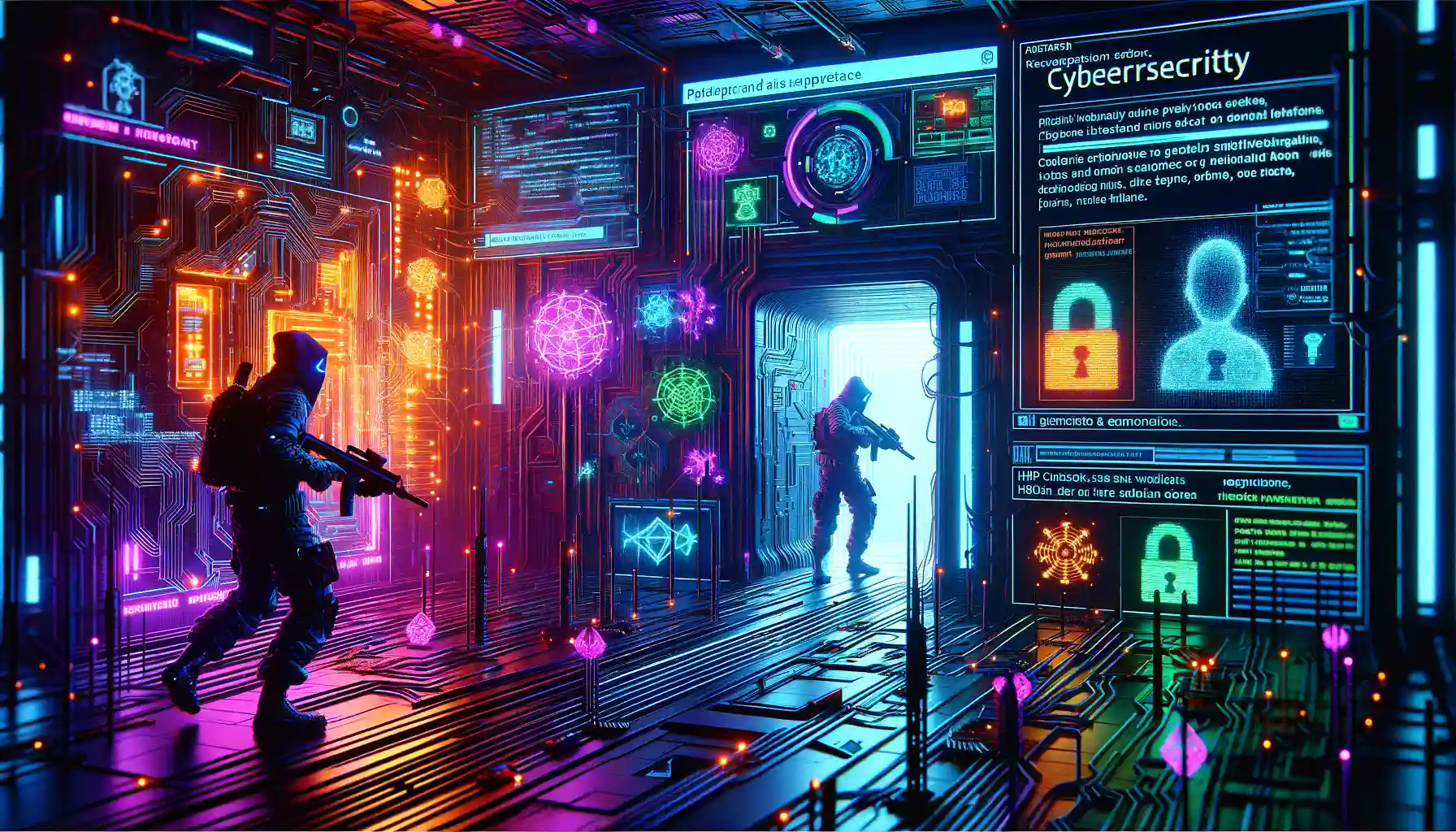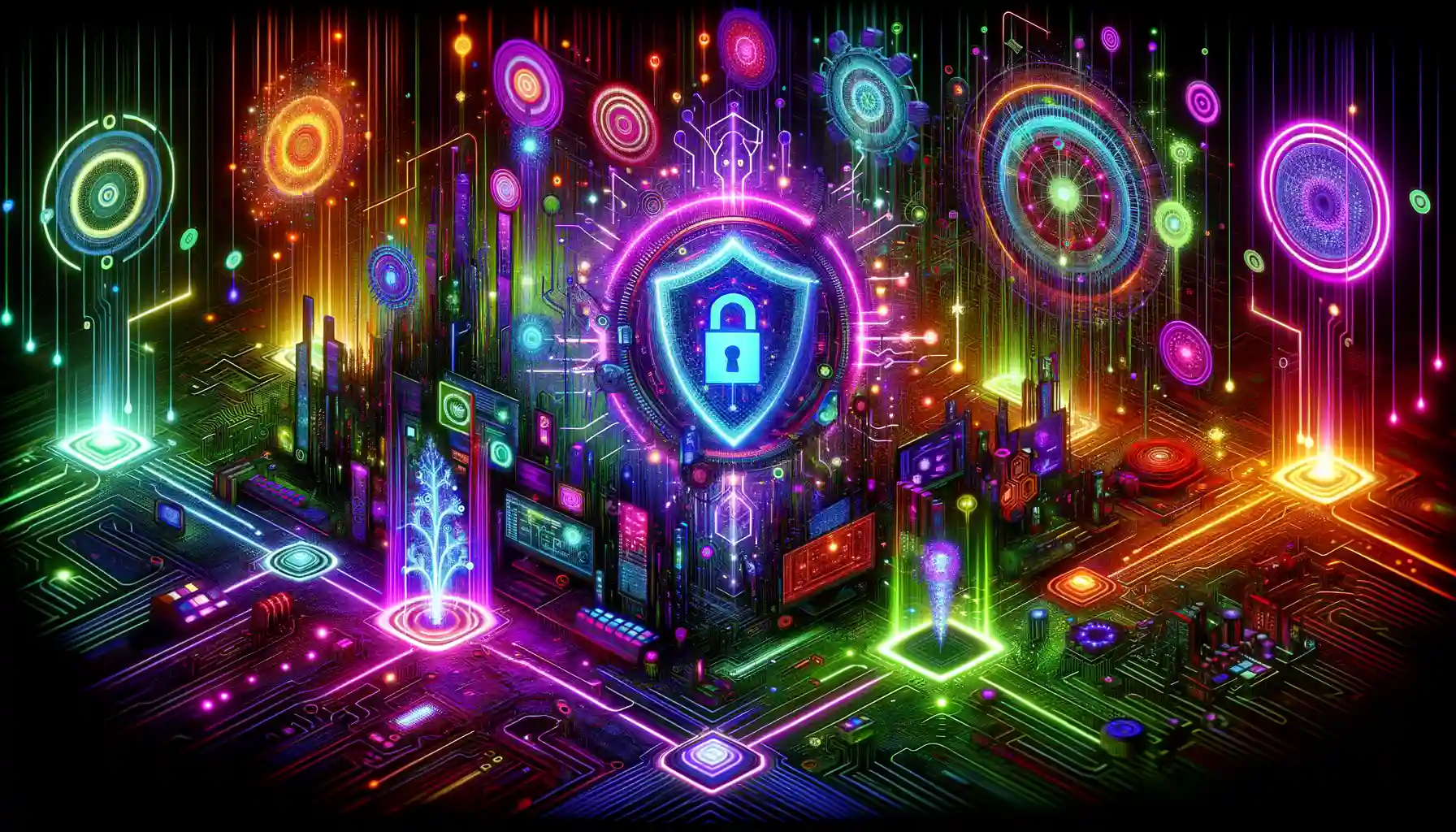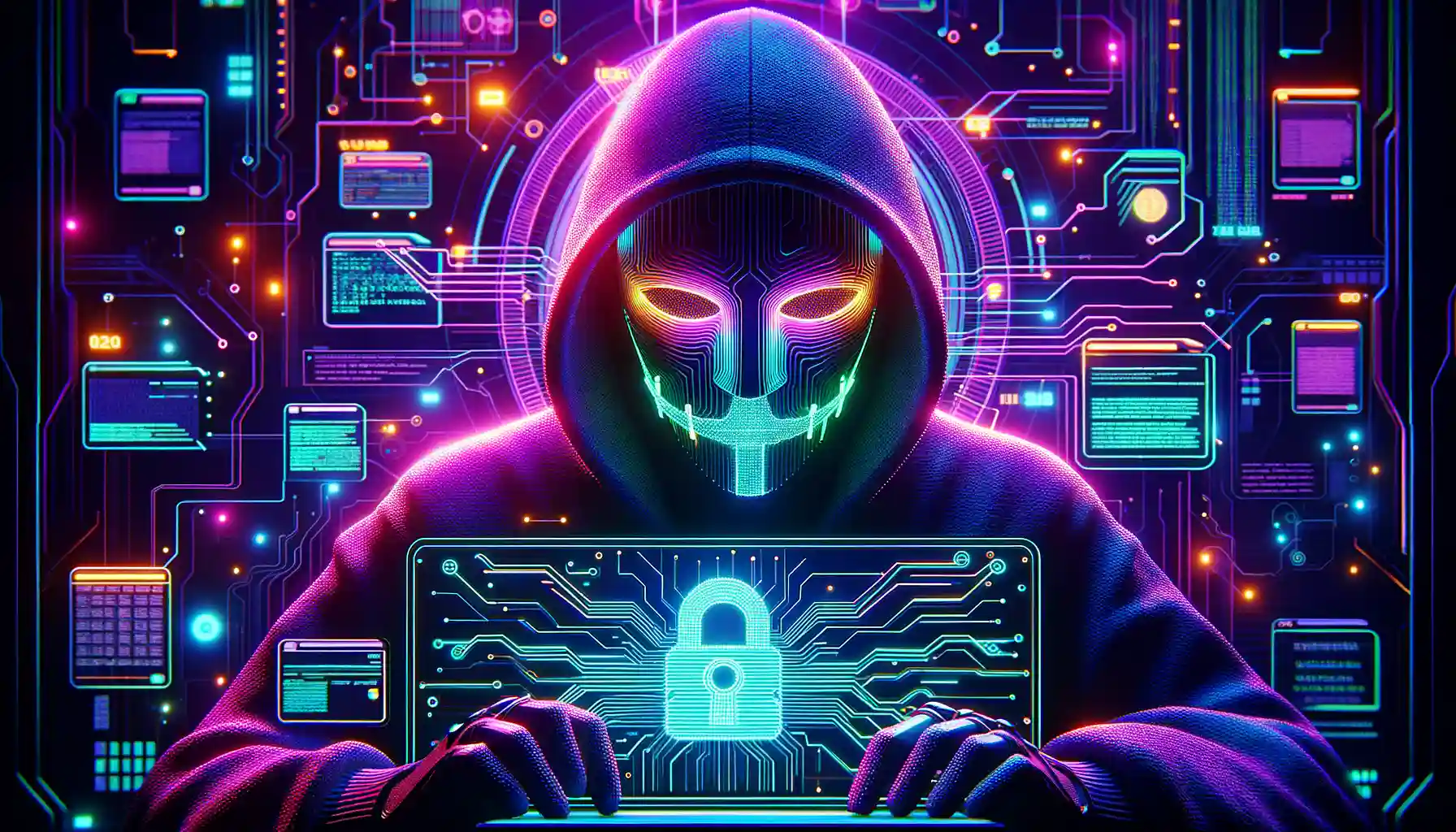Full Name
Nick Valentine
Location
Chicago, IL
Nick Valentine's Work
382 Posts

A critical zero-day vulnerability, identified as ZDI-CAN-25373, has been exploited by state-sponsored hacking groups for several years, underscoring its severe security implications. This exploit leverages Windows shortcut (.lnk) files to execute malicious commands stealthily, bypassing detection. Security experts have linked this vulnerability to cyber-espionage and data theft campaigns targeting global

The emergence of the Rules File Backdoor attack poses a significant threat to AI code editors like GitHub Copilot and Cursor. This sophisticated supply chain vulnerability allows malicious actors to inject harmful code into AI-generated outputs, potentially impacting countless software projects. Understanding the Rules File Backdoor Attack Researchers at Pillar

Recent findings from Cato Networks have unveiled a significant development in the realm of cybersecurity. Researchers have demonstrated a method that allows individuals without coding expertise to generate malware using generative AI (GenAI) tools. This breakthrough poses new challenges in the fight against cyber threats. Innovative LLM Jailbreak Technique The

Cybercriminals are actively exploiting a significant security flaw in PHP to distribute cryptocurrency miners and remote access trojans (RATs) such as Quasar RAT. This vulnerability, identified as CVE-2024-4577, is an argument injection flaw in PHP affecting Windows systems operating in CGI mode, potentially allowing attackers to execute arbitrary code remotely.

A newly identified remote access Trojan, known as StilachiRAT, is being tracked by Microsoft researchers. This malware exemplifies the growing trend of threat actors integrating diverse malicious functionalities into a single tool to maximize their impact. StilachiRAT is equipped with capabilities for comprehensive system reconnaissance, data collection, cryptocurrency theft, and

In a significant cybersecurity breach, researchers have identified a widespread ad fraud campaign involving more than 300 malicious applications on the Google Play Store. These apps have collectively been downloaded over 60 million times, subjecting users to intrusive advertisements and potential phishing attacks. Malicious Apps Infiltrate Google Play The Google

Alphabet, Google's parent company, has revealed its acquisition of Wiz, a prominent cloud and cybersecurity platform, for a staggering $32 billion. This landmark acquisition, the largest in Google's history, aims to bolster the security features of the Google Cloud Platform (GCP). Wiz's Rapid Rise

A recent cascading supply chain attack, initiated by the compromise of the "reviewdog/action-setup@v1" GitHub Action, has reportedly led to a breach involving "tj-actions/changed-files," resulting in the exposure of CI/CD secrets. Details of the Supply Chain Attack Last week, a security breach in

A new decryptor for the Linux version of Akira ransomware has been developed by a security researcher, leveraging GPU power to retrieve decryption keys and unlock files without cost. This tool was created after the researcher was approached by a friend seeking assistance, with the initial expectation that the encryption